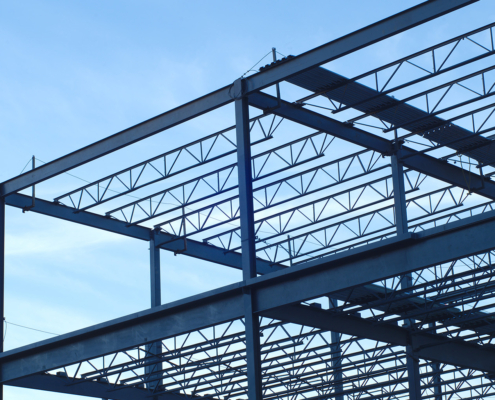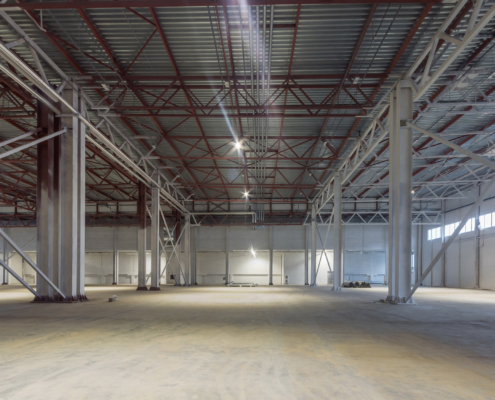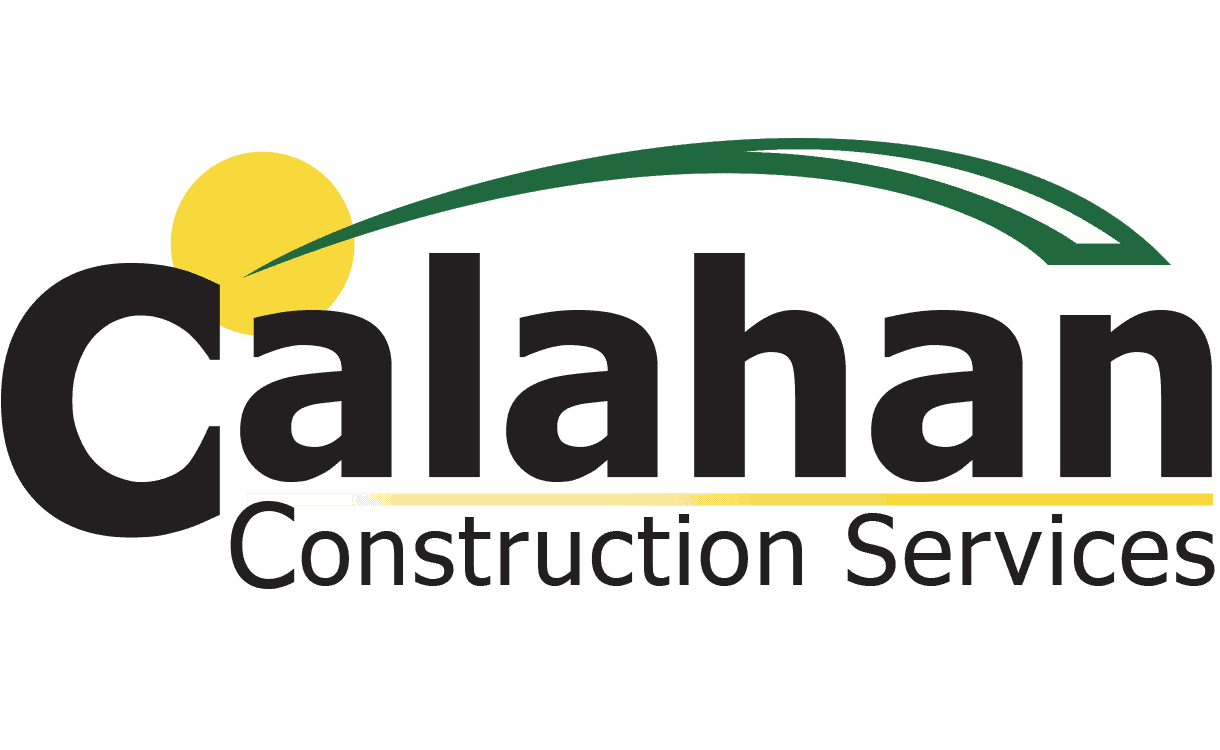 https://www.calahan.com/wp-content/uploads/2025/11/The-Benefits-of-Pre-Engineered-Sustainable-Metal-Buildings.jpg
1024
1536
AbstraktMarketing
/wp-content/uploads/2021/02/ccs_logo_full.png
AbstraktMarketing2025-11-07 14:40:582025-11-20 14:24:20The Benefits of Pre-Engineered Sustainable Metal Buildings
https://www.calahan.com/wp-content/uploads/2025/11/The-Benefits-of-Pre-Engineered-Sustainable-Metal-Buildings.jpg
1024
1536
AbstraktMarketing
/wp-content/uploads/2021/02/ccs_logo_full.png
AbstraktMarketing2025-11-07 14:40:582025-11-20 14:24:20The Benefits of Pre-Engineered Sustainable Metal BuildingsThe Expert’s Guide to Site Preparation for Construction Projects
Before building, site preparation for a construction project must occur. Considerable effort goes into preparing a construction site, such as grading, leveling, breaking, demolition, and much more. When the proper site preparations are made for a commercial project, it is all but guaranteed that the construction is efficient.
This guide details everything you need to know about site preparation for construction, including the construction survey, preparation process, ways to ensure worker safety, and more.
What Is Site Preparation for Construction?
Site preparation for construction is the involved process of preparing everything before construction begins. This includes surveying a construction site, leveling, grading, drainage, demolition, soil testing, land clearing, and more. Site preparation for construction is crucial for a project to be executed well.
The Process for Construction Site Preparation
Site preparation for construction consists of multiple steps, each playing a different role in readying a site for building. But while each step contributes to the final result, every project is unique. This means the site preparation for a construction project will vary slightly from job to job.
Here are the most common steps that are required of site preparation for a construction project:
- Soil Testing
- Construction Survey
- Site Design Planning
- Demolition and Clearing
- Excavation
- Drainage
- Grading and Soil Compaction
Soil Testing
Generally, the first step in site preparation for a construction project involves soil testing. This ensures that the available earth can withstand construction, including excavation, heavy equipment, and concrete pouring.
Other things to watch for include:
- Slope stability: Is there a high chance of a landslide?
- Potential excavation hazards: Are there exposed electrical cables or other debris?
- Underground water levels: Could water leak into a basement over the course of several years?
- Soil bearing capacity: Can the soil support the heavy loads of construction vehicles?
- Liquefaction potential: Is there high liquefaction in the soil that future earthquakes could impact?
- Soil type: Is the soil mostly sand and gravel, clay, silt, rocks, or loam? The type of soil can determine how it shifts depending on moisture levels.
Site preparation for construction requires careful planning and precise execution. Understanding the process, costs, benefits, arrangements, and responsibilities of the pre-construction process can be challenging. Learn more about the process here:
Construction Survey
Surveying a construction site is another one of the first steps of the preparation process. Essentially, the land is inspected to determine the best spot for the new structure to be built. This includes understanding the drainage layout, underground wiring, soil composition, and more. Obtaining this information allows site plans to be created and grants, permits, and approvals to be acquired before construction.
Boundaries are then created for the construction site with mesh fencing, chain link, or other barricades. Markers are often placed throughout an area to indicate certain obstructions. This construction staking is performed throughout a project to ensure that all construction elements are stable and going according to plan.
Site Design Planning
After the site has been appropriately evaluated, a design plan can be created. The design planner configures where the structure should go, along with the septic and drainage systems. Access points are also implemented to allow workers and vehicles quick, efficient travel through the site. The better mapped a construction site is, the faster work can be done with minimal safety risks.
Demolition and Clearing
Depending on the construction site, demolition and clearing may be necessary. This will require heavy equipment that can only be operated by trained professionals. Equipment might include bulldozers, excavators, backhoes, mulchers, skid steer loaders, forklifts, and stump grinders.
Existing structures, debris, and foliage must be removed before construction begins. This might include large rocks, trees, damaged or old structures, or other obstacles.
Excavation
After all obstacles have been removed, excavation can take place. This step involves removing soil to make room for a structure’s foundation. This is also an excellent time to make way for drainage systems that must be implemented. Determine what type of machinery should be used for your excavation depending on your site and project. Excavators, crawlers, backhoe loafers, and trenchers are often used during this step.
Drainage
By this point in the site preparation for a construction project, it’s time to install drainage systems. Proper drainage is crucial for preventing erosion and directing water flow away from the property. Systems like silt fences and retention ponds can help manage water runoff while a site undergoes construction; however, this is also crucial for preventing plumbing and flooding issues after the project has been completed.
Grading and Soil Compaction
The final step in site preparation for a construction project is to grade and compact the soil. Grading is the process of leveling the ground to create a stable building foundation. Occasionally, dirt and other materials might need to be imported to the site, but using excavated soil to fill holes and smooth out the land is often enough to get the job done. This is known as the cut and fill method, which saves time and reduces construction costs. Slopes, roadways, walkways, and other required elevations are also created during grading.
Tightly compacting the soil guarantees that the land’s foundation remains strong, reducing the chance of future problems that sometimes arise with loose soil.
Check Every Item Off Your Preparation List With Calahan Construction
Adequate site preparation can impact the rest of your construction project, and finding the right people for the job is essential. Are you looking for a crew of experienced professionals to complete your site preparation for a construction project? We’ve got you covered.
As a full-service commercial general contractor, Calahan Construction Services has provided construction expertise since 1937. Our goal with any project is to deliver the best quality possible while maintaining our high standards of accountability, integrity, and honesty. If you need assistance with a project on the Front Range and are looking for a trusted contractor, Calahan is ready to lend a hand.
Related Postings
 https://www.calahan.com/wp-content/uploads/2025/11/The-Benefits-of-Pre-Engineered-Sustainable-Metal-Buildings.jpg
1024
1536
AbstraktMarketing
/wp-content/uploads/2021/02/ccs_logo_full.png
AbstraktMarketing2025-11-07 14:40:582025-11-20 14:24:20The Benefits of Pre-Engineered Sustainable Metal Buildings
https://www.calahan.com/wp-content/uploads/2025/11/The-Benefits-of-Pre-Engineered-Sustainable-Metal-Buildings.jpg
1024
1536
AbstraktMarketing
/wp-content/uploads/2021/02/ccs_logo_full.png
AbstraktMarketing2025-11-07 14:40:582025-11-20 14:24:20The Benefits of Pre-Engineered Sustainable Metal Buildings https://www.calahan.com/wp-content/uploads/2025/10/Metal-vs.-Conventional-Construction_-Which-Fits-Your-Project_.jpg
1250
2000
AbstraktMarketing
/wp-content/uploads/2021/02/ccs_logo_full.png
AbstraktMarketing2025-10-13 13:02:102025-11-20 14:24:21Metal vs. Conventional Construction: Which Fits Your Project?
https://www.calahan.com/wp-content/uploads/2025/10/Metal-vs.-Conventional-Construction_-Which-Fits-Your-Project_.jpg
1250
2000
AbstraktMarketing
/wp-content/uploads/2021/02/ccs_logo_full.png
AbstraktMarketing2025-10-13 13:02:102025-11-20 14:24:21Metal vs. Conventional Construction: Which Fits Your Project? https://www.calahan.com/wp-content/uploads/2025/10/Metal-Building-Construction_-Cost-Savings-Without-Cutting-Corners.jpg
1250
2000
AbstraktMarketing
/wp-content/uploads/2021/02/ccs_logo_full.png
AbstraktMarketing2025-10-13 12:52:212025-11-20 14:24:21Achieving Metal Building Cost Savings Without Cutting Corners
https://www.calahan.com/wp-content/uploads/2025/10/Metal-Building-Construction_-Cost-Savings-Without-Cutting-Corners.jpg
1250
2000
AbstraktMarketing
/wp-content/uploads/2021/02/ccs_logo_full.png
AbstraktMarketing2025-10-13 12:52:212025-11-20 14:24:21Achieving Metal Building Cost Savings Without Cutting Corners


